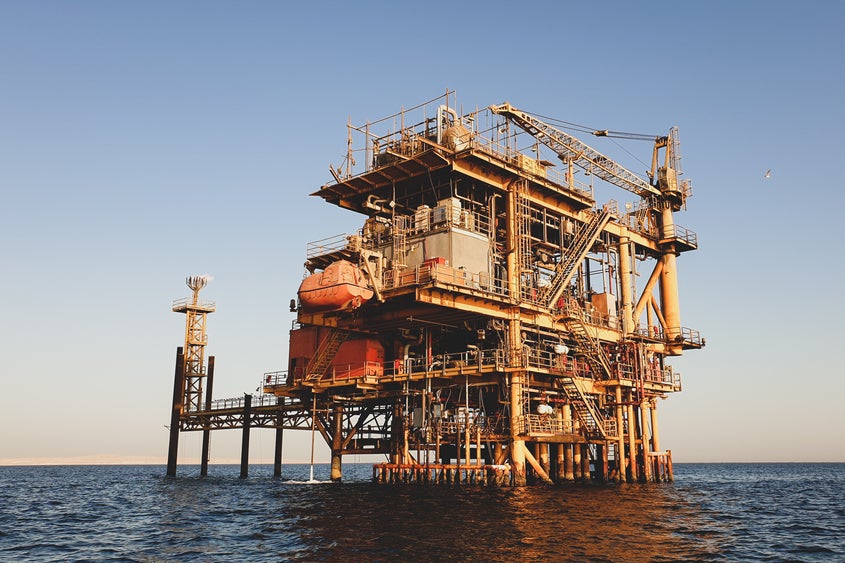Surge in Sea Mining Stocks Signals New Era for Underwater Resources
Sea mining stocks skyrocketed this week after former President Donald Trump signed an executive order to accelerate the development of underwater mineral extraction. Companies like Odyssey Marine Exploration and Materion saw double-digit gains as investors bet on the industry’s growth potential. The move, announced on Tuesday, aims to reduce U.S. dependence on foreign rare earth metals while sparking debates about environmental risks and economic opportunities.
The Executive Order That Shook the Market
Trump’s order directs federal agencies to streamline permitting processes for seafloor mining operations within U.S. territorial waters. It specifically targets polymetallic nodules—potato-sized mineral deposits containing cobalt, nickel, and rare earth elements critical for electric vehicle batteries and defense technologies. According to the International Seabed Authority, these nodules could contain up to six times more cobalt than all known land-based reserves.
“This is about American energy dominance and technological independence,” stated former White House economic advisor Larry Kudlow in a Fox Business interview. “The ocean floor represents the next frontier for strategic minerals, and we can’t afford to let China control this market like they’ve dominated rare earth production on land.”
The immediate market reaction was striking:
- Odyssey Marine Exploration shares rose 23% in two days
- Materion Corporation gained 15% on heavy trading volume
- The VanEck Vectors Rare Earth/Strategic Metals ETF (REMX) hit a 52-week high
Balancing Economic Potential Against Environmental Concerns
Marine biologists warn that deep-sea mining could devastate fragile ecosystems that science has only begun to understand. A 2021 study in Marine Policy found that nodule extraction could wipe out entire species of deep-sea organisms that take decades to recover. The Clarion-Clipperton Zone between Hawaii and Mexico—a prime mining target—hosts over 5,000 newly discovered species in the past decade alone.
“We’re trading short-term mineral gains for irreversible biodiversity loss,” cautioned Dr. Sylvia Earle, renowned oceanographer and National Geographic Explorer-in-Residence. “These ecosystems function as the planet’s life support system—disturbing them could have cascading effects we can’t predict.”
Industry proponents counter that land-based mining often causes greater environmental damage. The DeepGreen Metals consortium (now The Metals Company) estimates that seafloor nodules generate 70% less carbon emissions per ton of metal than traditional mines when accounting for full lifecycle impacts.
Technological Advances Driving Sea Mining Viability
Recent breakthroughs in underwater robotics and mineral processing have made deep-sea extraction more feasible. Lockheed Martin’s UK subsidiary developed autonomous nodule collectors that operate at 4,000-meter depths, while Japanese engineers created a hydraulic suction system that minimizes seafloor disturbance. These innovations helped reduce projected operational costs by 40% since 2018 according to Wood Mackenzie research.
The economic calculus is compelling:
- 1 square kilometer of ocean floor can yield up to 15,000 tons of polymetallic nodules
- Each ton contains approximately $500 worth of metals at current prices
- Global demand for battery metals will grow 500% by 2050 (World Bank estimates)
Regulatory Challenges on the Horizon
Despite the executive order, significant hurdles remain. The U.S. hasn’t ratified the United Nations Convention on the Law of the Sea (UNCLOS), creating legal ambiguities about international mining claims. Meanwhile, the EPA must develop new environmental standards under the Clean Water Act—a process that could take years.
“This isn’t the Wild West—there will be rigorous oversight,” assured NOAA Administrator Rick Spinrad during a press briefing. “We’re working with international partners to establish science-based protocols before commercial operations scale up.”
Investors should note that only 15% of the seafloor has been mapped with modern technology, creating exploration opportunities but also operational risks. The 2022 eruption of an underwater volcano near Tonga demonstrated how geologic instability could threaten mining infrastructure.
What’s Next for the Sea Mining Industry?
Analysts predict consolidation among the 27 companies currently holding exploration contracts. Larger players like De Beers (already experienced in offshore diamond mining) may acquire startups with promising technology. The Metals Company plans to begin commercial production in 2025 pending regulatory approval.
Key developments to watch:
- Q3 2024: Expected release of EPA draft regulations
- 2025: First environmental impact assessments for U.S. projects
- 2026: Potential IPO filings from sea mining startups
As nations grapple with the clean energy transition’s material demands, the sea mining debate will intensify. “This isn’t just about stocks—it’s about defining our relationship with the oceans,” noted marine policy expert Dr. Cindy Lee Van Dover. “Every dollar invested should come with equal investment in conservation research.”
For investors seeking exposure to this emerging sector, consult a financial advisor about diversified ETFs rather than individual stocks to mitigate volatility risks. The coming months will reveal whether this surge represents a sustainable shift or speculative bubble in the making.
See more Business Focus Insider Team

